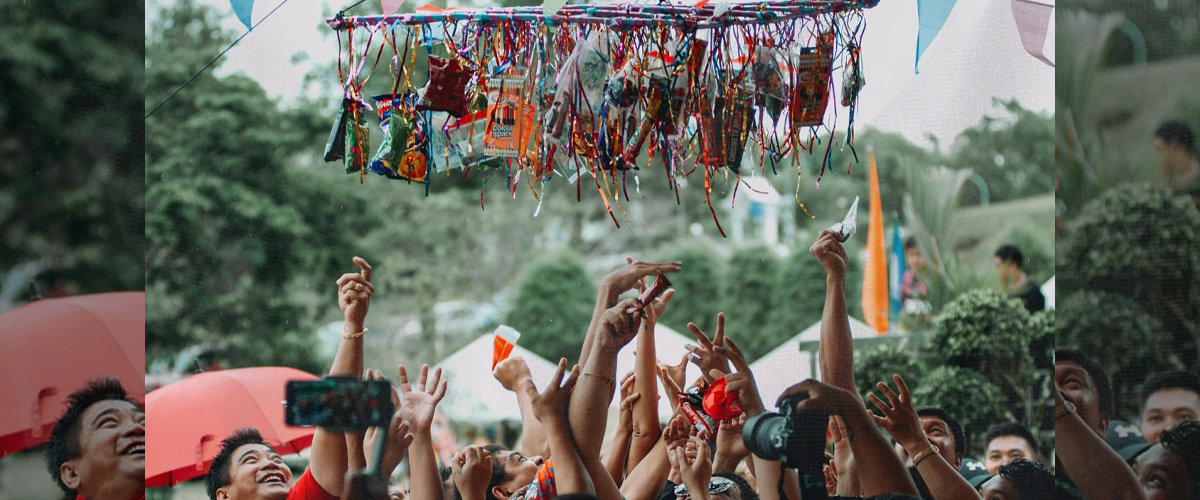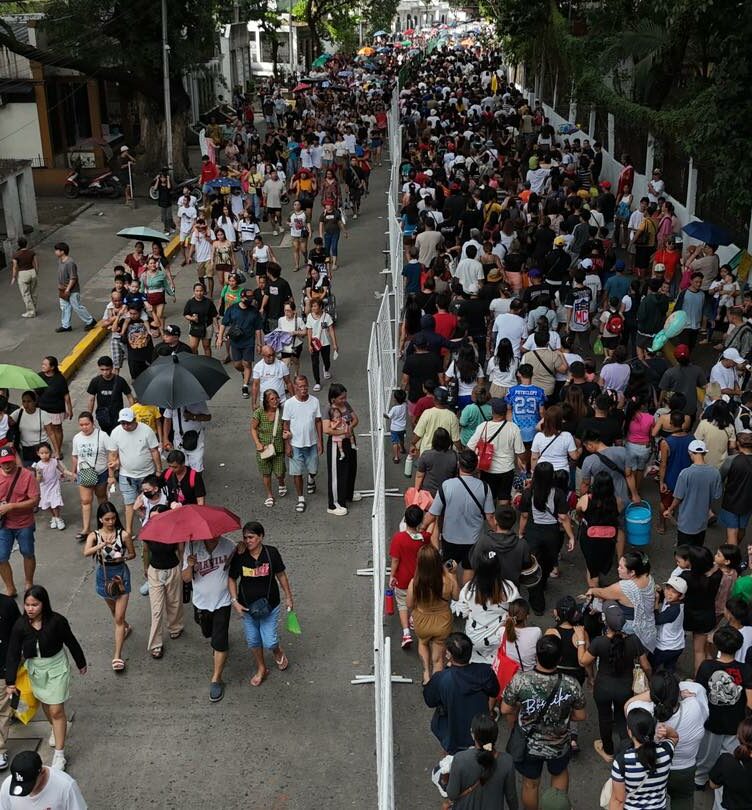FIESTAS are an annual occasion of the year where the entire town celebrates with pure joy and pride. For locals and tourists alike, fiesta is not just a tradition; it’s a moment when culture and community intertwine.
The Joy of Fiestas
Each fiesta has its own story. Some are rooted in religion, local culture, harvest season, or historical events. No matter the origin, they have one thing in common: they bring people together. Filipinos go all-out with these celebrations, and you can see them through the array of colorful banderitas, lively dance performances on the streets, and flavorful foods to choose from.
The traditional fiestas in the Philippines feature dances, food, and customs passed down through generations. Celebrations vary depending on the towns’ traditions and history. Some of the well-known festivals in the Philippines are Sinulog in Cebu and Panagbenga in Baguio. They are all celebrated with so much enthusiasm that even visitors get attracted.
How Rural Fiesta Feels Like
Every May, the Pahiyas Festival in Lucban, Quezon, stands as the centerpiece of celebrations of the entire province. This vibrant festival honors the feast day of San Isidro Labrador, the patron saint of farmers and rural communities.
While in our small town in Macalelon, Quezon, we have our own unique way of celebrating the feast of San Isidro. We commemorate the feast day through Kabuhan, a term derived from “kabuhayan,” wherein the community celebrates their livelihood of farming, fishing, and raising poultry and livestock. Families who volunteer to be the host of Kabuhan are blessed with a visit from the imahen of San Isidro Labrador.
Neighbors come together, regardless of the distance between their homes, to lend a hand in carrying the saint. They cross rice fields and roads, working side by side in a beautiful display of bayanihan spirit. The imahen spends the night in the house and is transferred to the next family the following day. After offering prayers of gratitude, the townspeople will have a potluck lunch from their own harvests and share it with everyone.
Earlier this year, my family had the honor of being one of the homes to welcome the saint’s image. We prepared a variety of dishes for the visitors who would come to our house. Our neighbors also contributed delightful foods like Ginataang Ubod (Hearts of Palm), Ginataang Labong (bamboo shoots), grilled fish, puto, and other traditional delicacies from Quezon. Coconut is one of the primary products in the province, so it’s no surprise that many of our dishes feature this versatile ingredient.
The spirit of bayanihan is flourishing with these kinds of celebrations because when our paper plates ran out, everyone pitched in by tearing leaves from banana trees for an alternative plate, and embracing the ‘kamayan’ style of eating. Children are playing outside while the elders gather in the shade of trees to share stories and converse with others. It reminds me that moments like this are what truly enrich our lives. A time when Filipinos culturally shine because the community comes together and keeps the tradition alive.
Fiesta, a Full-Circle Moment
In more rural towns, their community celebrates fiestas through a week-long perya or even through karaoke nights. Games like Hampas Palayok or Pabitin add an exciting element to the occasions. Kids and even those young at heart join these games, creating fun and lasting memories. It goes to show that Filipinos create ways to keep everyone involved while enjoying themselves.
Experiencing fiestas in the Philippines is something everyone should do at least once in their life. It’s an unparalleled experience, allowing people to create deeper connections and enrich our cultural heritage. Each event, rooted in history and local tradition, shows a unique Filipino identity.
Ultimately, it’s these moments of togetherness that remind us of the beauty of our shared heritage and the power of community.
With reports from Eunice De La Cruz
How useful was this post?
Click on a star to rate it!
Average rating 5 / 5. Vote count: 1
No votes so far! Be the first to rate this post.
We are sorry that this post was not useful for you!
Let us improve this post!
Tell us how we can improve this post?






